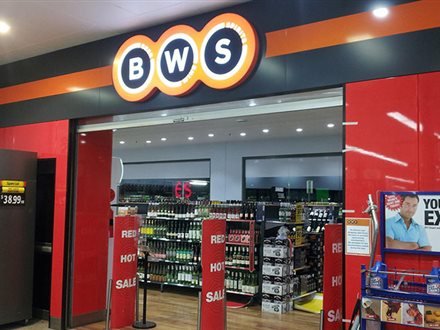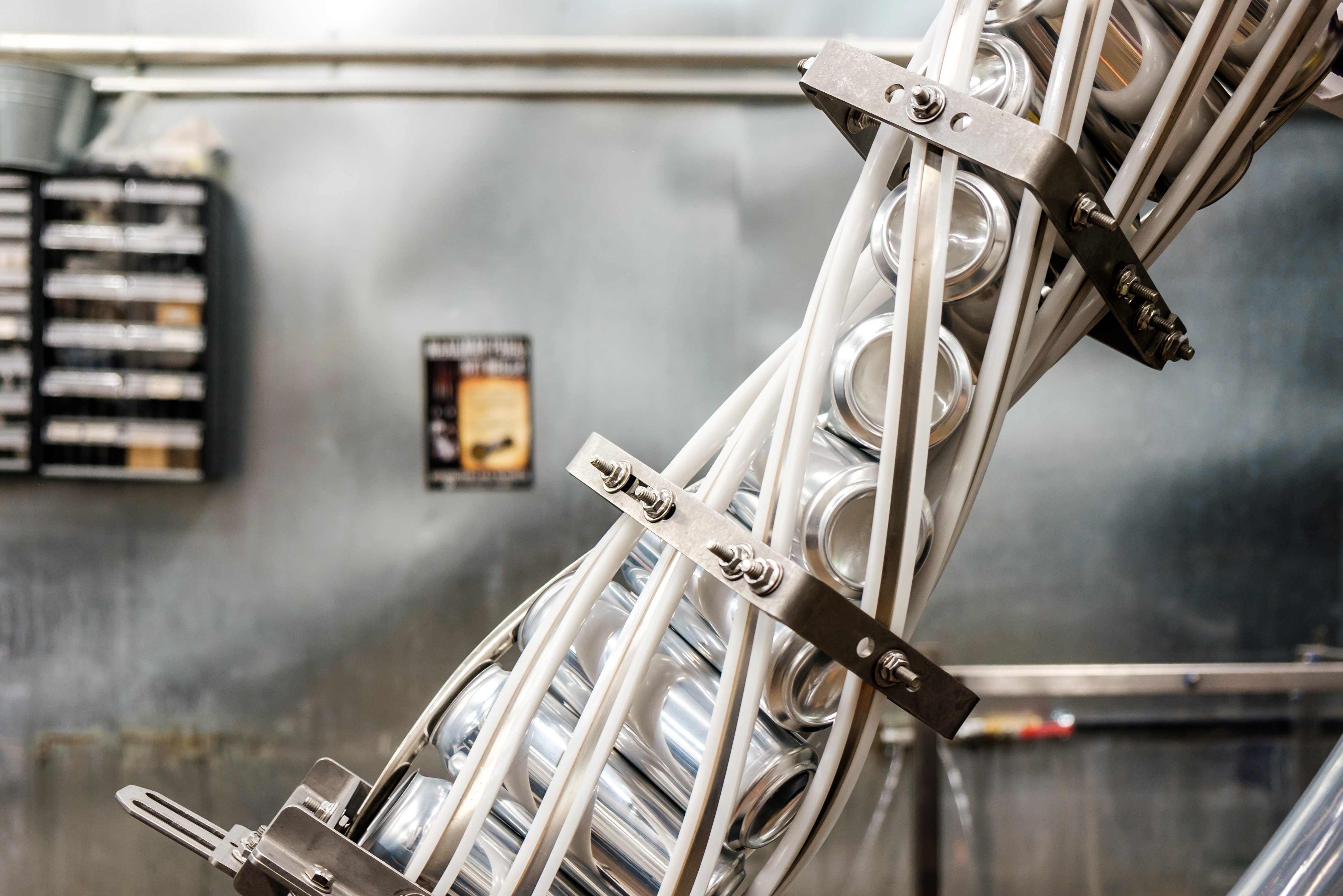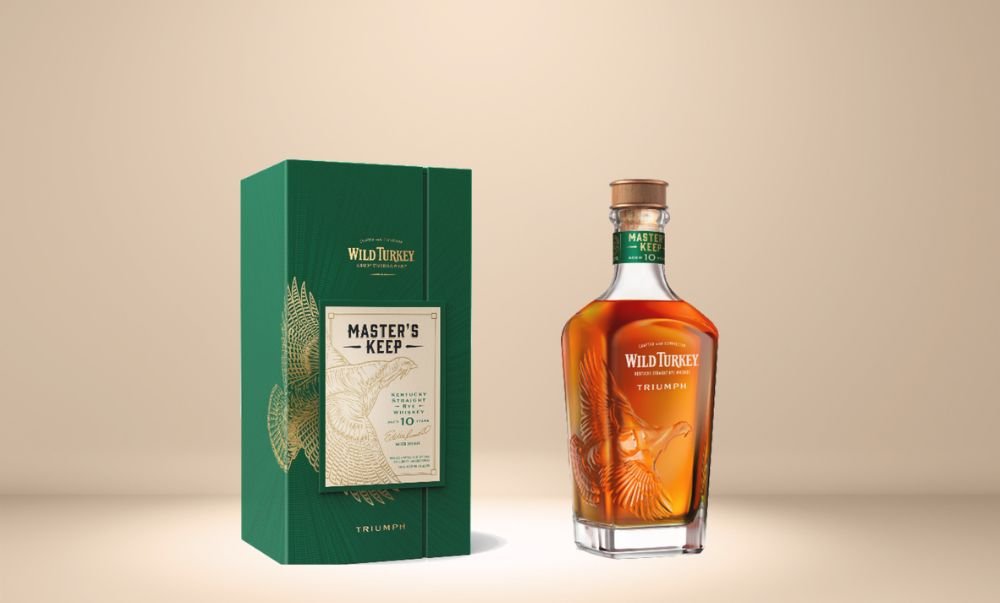Fairfax Media has obtained confidential supermarket scan data compiled by global market intelligence company IRi that shows "beer, babies and smokes" are the only bright spots for Coles and Woolworths in the "dire" Australian grocery sector.
The article outlines "how aggressive discounting has pushed Coles and Woolworths down a road of mutual profit destruction."
Pharmacy sales were up 10.1% last financial year, mainly driven by demand for infant formula - snapped up by Chinese "grey market" resellers - and vitamins.
Convenience was up 4.1% year-on-year, with IRI's report noting it was "propelled by tobacco", however this was mainly due to increased taxes rather than additional earnings for the supermarkets' bottom line.
And, finally, liquor sales were up 3.6%. According to IRi, the lift was driven by "drinkers continuing to embrace beers that command a price premium above the category average in the craft and low-carb beer markets."
Interestingly, one of the biggest areas of decline was soft drink sales. Previously a huge driver for supermarket traffic, the backlash on sugar has lead to a 21.7% fall in sales.
According to the IRi data, Australia's grocery spend last financial year was $59.4billion, up 0.9% on the previous financial year. However, when you strip out tobacco and baby needs, that figure falls to $48.3billion, and was up just 0.3% on the previous financial year.
In major supermarkets, more than $1 in every $6 spent went on tobacco or baby needs. When liquor retail was factored into the equation, that figure went to $1 in every $3 being spent on either alcohol, cigarettes or baby needs.
IRi warned that Australian consumers are becoming increasingly "promotion loyal rather than brand loyal", with Woolwoths alone investing $1billion on discounting financial year in its war with Coles and Aldi.
Former Woolworths boss Roger Corbett urged the country's major retailers to invest in efficiencies such as better supply chain operations, and move away from their heavy reliance on promotions.
"Every time you take something down in price, what you say to your customer is this was too expensive previously and they wait for you to do it again," he said.
Read the full story here.Share the content










